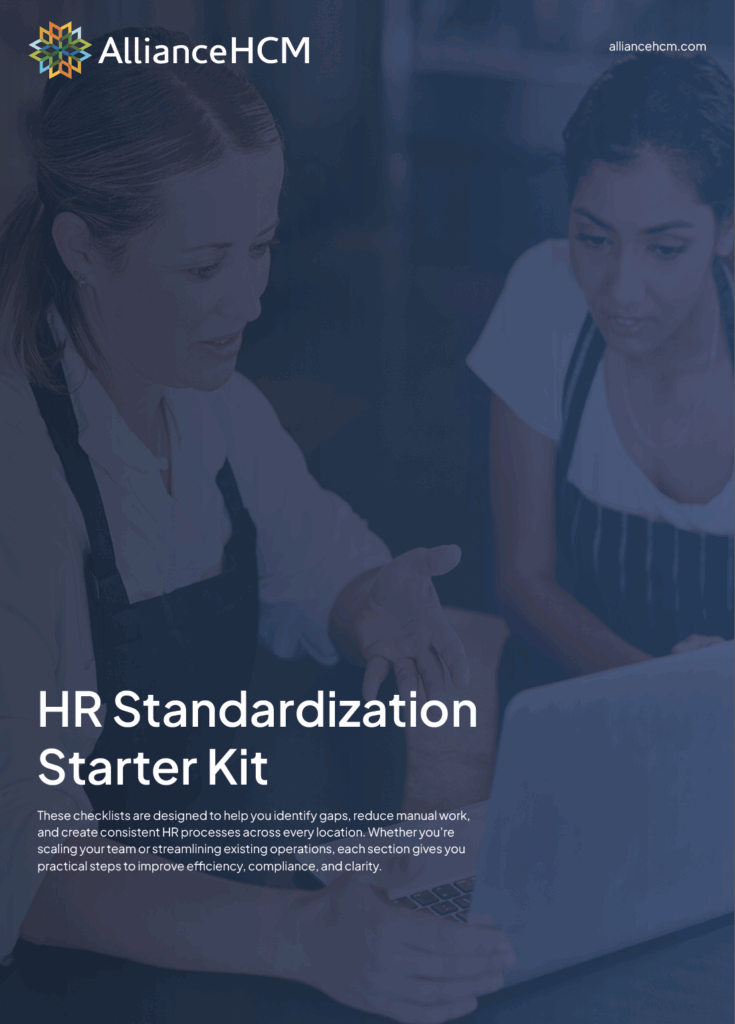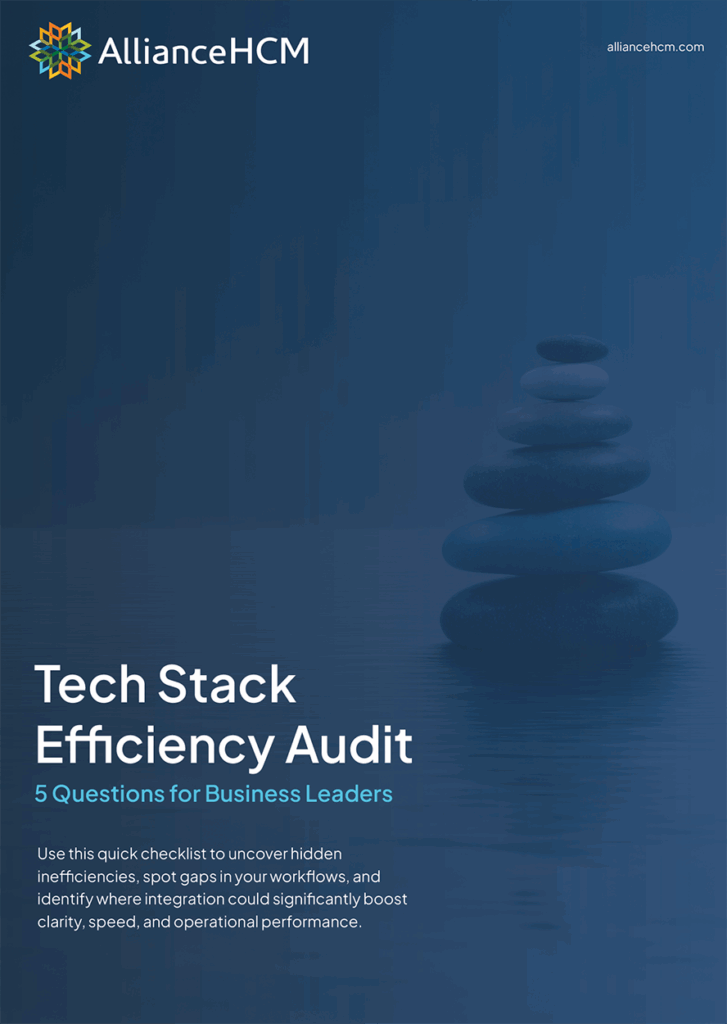A well-defined human resource strategy helps attract and retain top talent, fosters a positive work culture, and drives overall business growth. By aligning HR practices with the company’s goals and values, a robust HR strategy ensures the right people are in the right roles. This promotes employee engagement and maximizes productivity.
What are successful HR strategy examples?
These are some common HR strategy examples you can learn from.
- Talent acquisition and recruitment HR strategy: Focus on attracting top talent to meet the current and future needs of the organization and employee retention. This can include better onboarding experiences, employee perks, and developing employee referral programs.
- Learning and development HR strategy: This HR strategy promotes employee growth. Invest in training programs, establish mentorship and coaching systems, provide access to online learning platforms, and create clear career paths.
- Performance management HR strategy: Set clear performance standards for employees with this HR strategy. This includes regular performance evaluations and feedback mechanisms.
- Employee engagement and culture HR strategy: Create a positive and productive work environment that promotes employee involvement and commitment. Implement employee recognition programs, organize team-building activities, improve internal communication, and initiate initiatives to support work-life balance.
- Compensation and benefits HR strategy: This HR strategy example revolves around a competitive compensation package that attracts and retains talent. Conduct market salary analysis, give performance-based bonuses, and offer comprehensive benefits packages and non-monetary perks like flexible working hours.
How to create an HR strategy
By following these steps, HR can align its practices with business objectives to create a strong synergy that drives organizational success. A multi-step process is necessary to create an HR strategy.
1. Establish your business objectives
Some businesses lose sight of their overall goals and purpose over time. Start by better understanding your business’s short-term and long-term objectives. This entails refamiliarizing yourself with the industry, staying updated on market trends, analyzing competitors, and studying internal business plans.
2. Assess your current HR strategy and processes
Assess your organization’s current state of HR strategies by evaluating existing practices, policies, and talents. Do they align with the business objectives? Your current HR planning strategies may be outdated due to neglect.
Some businesses, particularly small ones, tend to leave HR strategies alone even after significant growth. You need to identify any skills, processes, or resource gaps at this stage in creating an HR strategy.
3. Start developing HR objectives
Based on your assessment, consider the key areas you need to focus on in your HR strategy. Do you need skilled personnel? Are you losing new employees after a certain period? Consider your HR processes and training—are you adequately training and preparing employees to handle their jobs? Set objectives so that your strategies can support specific goals.

4. Implement strategic HR initiatives
Make necessary modifications or enhancements to HR practices, including:
- Recruitment
- Training and development
- Performance management
- Compensation and benefits
- Employee engagement
Ensure that these practices align with the company’s overall business strategy. For instance, if the objective is to foster innovation, your HR strategy should prioritize cultivating a culture that promotes creativity and encourages continuous learning.
Implementing new HR planning strategies may require incorporating new technologies, restructuring teams, introducing training programs, or revising compensation structures.
5. Create an HR communication strategy
Next, you’ll need to create an HR communication strategy to get everyone involved. This includes all employees, management, and other key stakeholders. Consider what the best system is to communicate these HR strategy initiatives. When you clearly share this information, you can ensure everyone is on board and understands the organization’s direction.
If you invest in better training, you’ll need a learning management system (LMS) to deliver course materials. Suppose you start with better employee compensation and benefits to improve retention and encourage recruitment. If that’s the case, you’ll want a software solution that simplifies this aspect of your HR planning strategy.
6. Monitor and evaluate your HR strategy
Closely monitor the impact of your HR initiatives on your business objectives. Utilizing HR metrics and analytics is key to measuring success and pinpointing areas that can be improved. By tracking relevant data, you can make informed decisions and ensure that your HR strategies align with the evolving needs of your business. Stay prepared to adapt and adjust your approach as necessary.
7. Build a supportive company culture
Successfully implementing a strategy requires more than just an HR planning strategy on paper. It demands a complete alignment of organizational culture with the strategy at hand. This means obtaining an unwavering commitment from leadership, actively engaging employees, and maintaining an unwavering dedication to ongoing improvement.
Set your business up for success
Maintaining a thriving environment for employees is stressful and time-consuming. Let AllianceHCM take care of your HR needs with our software. Spend more time focused on what you do best.





